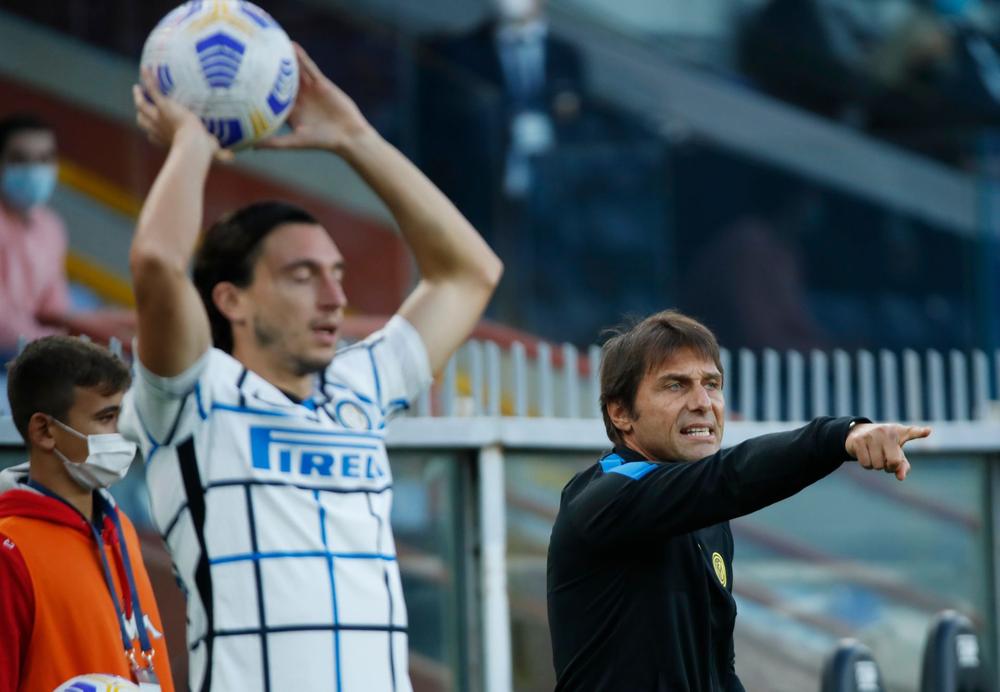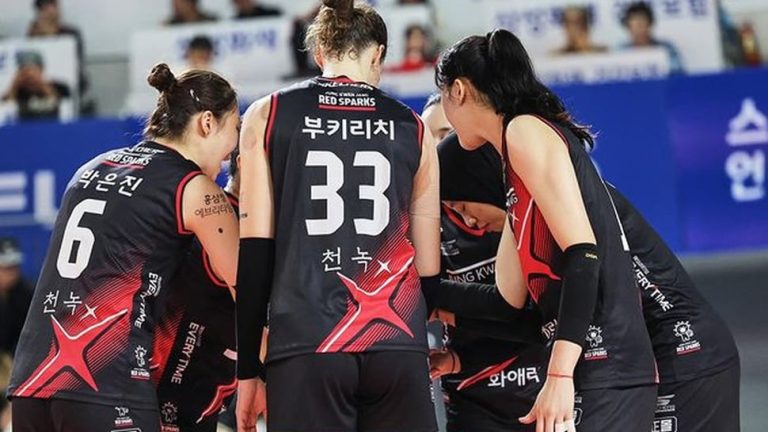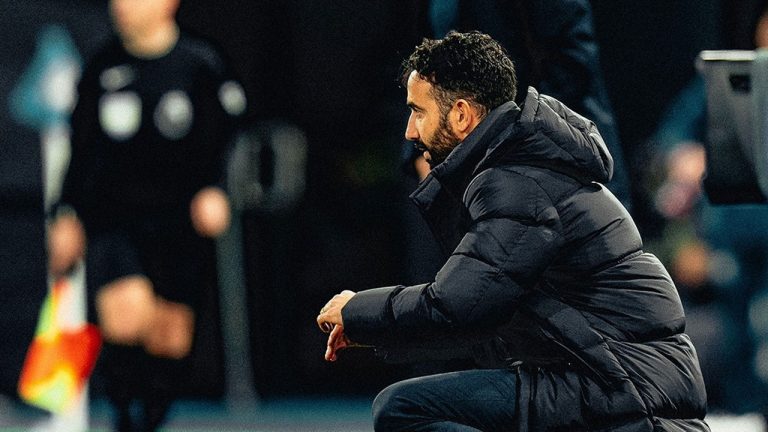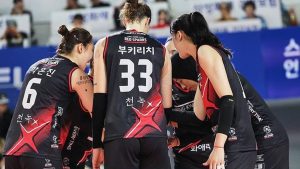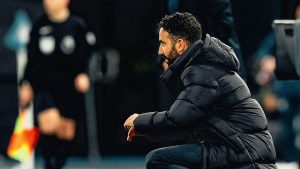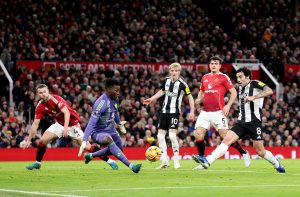Antonio Conte’s arrival at Inter Milan provided fresh air for the Nerazzurri. In the first season, Conte was able to bring Inter to finish second, only one point adrift of Juventus. On the European scene, Inter did rank third in the group stage which saw them only qualify for the knockout stages of the Europa League, but they were able to reach the final despite losing to Sevilla.
Conte made several changes at Inter, one of which was the system he used. The Italian coach implemented the three defender formations that became his mainstay at Juventus, the Italian national team and Chelsea. Previously, Inter played with a back four under the direction of Luciano Spalletti.
Inter play in a 3-4-1-2 or 3-5-2 formation. Romelu Lukaku and Lautaro Martinez are the striker duo on the front lines. On paper, Inter only have full-backs who naturally fill the wings. Conte does not use a wing attacker. The full-back will be assisted by a midfielder or striker who goes wide to create a number-winning situation down the wing.
Antonio Candreva was a mainstay for Conte last season on the right while Cristiano Biraghi is believed to fill the position of left wing back. Danilo D’Ambrosio is also often used as a right wing back. In the second half of last season, Ashley Young’s arrival made the Englishman Conte’s mainstay for the left wing back position.
This season, Conte brought in a young right winger who was bought from Real Madrid, Achraf Hakimi. The 21-year-old has been redeemed for € 40 million after recording nine goals and 10 assists last season on loan at Borussia Dortmund.
Hakimi is an energetic full-back with speed and quality technique. The 181 cm posture is also not bad as a wing-back for aerial duels. In addition, Hakimi is used to a back three system like Lucien Favre implemented at Dortmund.
Making his debut in the Inter match against Fiorentina, Hakimi successfully scored an assist even though he had only played from 64 minutes. Hakimi’s cross was successfully exploited by Lukaku. Inter emerged victorious 4-3 at the Giuseppe Meazza. Facing Benevento, Hakimi came down from the first minute. He successfully scored one goal and one assist.
Conte seemed to want to maximize Hakimi’s attacking quality. Compared to left wing backs filled with old players like Young (35 years), Ivan Perisic (31 years), and Aleksandar Kolarov (34 years), Hakimi can of course be more reliable. Therefore, Conte prepared tactics that were expected to optimize Hakimi’s abilities, especially when playing in a 3-5-2 formation.
DʻAmbrosio who is actually a right-back position is installed at the right center-back. Marcelo Brozovic is in midfield and Nicolo Barrella is in the right midfield position. Together with Hakimi, these four players will make interesting rotations in order to create a wide overload (a situation that wins in numbers in the wing area).
Brozovic fell level with center-back, allowing D’Ambrosio to step up to help Hakimi. Barella provides options in the middle sector. This rotation aims to make the situation win numbers on the right flank and allow Hakimi to operate in a higher area.
For example in this match against Genoa where Hakimi only entered in the 58th minute. Brozovic, D’Ambrosio, Barrella, and Hakimi form a diamond shape to smooth progressions. The movement of players during the match made Inter appear asymmetrical with more players on the right.
This scheme contributed to Inter’s first goal. The positions of D’Ambrosio and Hakimi which went wide left the two Genoa midfielders in a dilemma as to which pass line to close. The position of those in doubt opened the bait line to Barrella. Lukaku successfully completed this attack.
Facing Shakhtar, Conte re-implemented the scheme. Shakhtar’s anticipation is in the form of their disciplined left wing guarding space on the wing. Manor Solomon often goes down even to the level of the defense. Shakhtar is often seen defending with five equal players in the last line.
In response to this, D’Ambrosio rose to align with the opponent’s defense. The goal is to create space for Hakimi on the wing. Hakimi’s job remains difficult because Shakhtar’s tight defenses leave almost no space available.
Even so, Hakimi was able to escape several times from Shakhtar’s double defense, but his crosses were often not directed. He also had a shooting space from inside the penalty box even though he was still successfully blocked. Barrella’s chance in the 18th minute was also created thanks to that rotation.
Rotations like this are not done by Inter when attacking from the left side. This is due to Inter’s left midfielder, Arturo Vidal, who maintains more depth. In contrast to Barrella who was given the freedom to move. Vidal didn’t rise much.
Hakimi’s presence makes Inter’s right side a mainstay when attacking. In four matches, Hakimi played 90 minutes, the percentage of Inter’s attacks from the right side was always greater than the left. Some of them are even quite different.
The rotation of players as described above has only been dominant in the last two matches against Genoa and Shakhtar. The formation is quite influential on the sustainability of this scheme. For example, in the match against Milan, Conte fielded a 3-4-1-2 formation which made Barrella an attacking midfielder. The 23-year-old midfielder is more focused on exploiting the space between the lines rather than going down to rotate.
The tactic of strengthening one of these sides has advantages and disadvantages. The advantage is that Inter can maximize Hakimi’s qualities as a right wing-back even though Conte’s tactics are easy to read. Opponents could easily identify Inter’s heavy attacking method on the right.
If it has been read, then Conte must respond. One option that can be taken is to familiarize players with moving attack directions quickly. Relying on the right side can still be done, but if they get stuck then with the least possible touch they have to move the ball to the left. It is interesting to see Conte’s tactical development and the response from the opponents Inter has faced this season.
ASL

